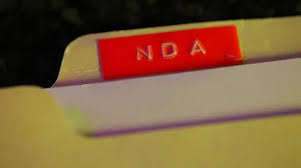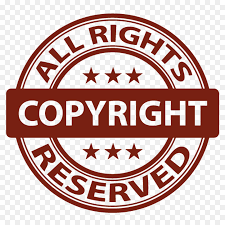Many companies nowadays find themselves accused at some point of having infringed somebody else’s intellectual property in the course of their operations. Such allegations may certainly cause alarm for business owners, particularly given how they are sometimes presented. But they need not bring things to a grinding halt, and can often be resolved amicably and cost-effectively depending upon your response.
Say, for example, your office manager informs you she has received an angrily-worded email from a well-known commercial stock image company alleging that one of their copyrighted photographs was found on your website. The email states on record their ongoing woe and hardship, demanding that it be removed immediately, and insisting that a hefty, five-figure sum be paid to them forthwith, failing which they will not hesitate to initiate full legal proceedings seeking further damages, an injunction, and a public apology. She asks you what to do.
The first thing to do is to not ignore it! At the end of the day, courts and the law are grounded by reasonability. The test is not whether or not you happened to infringe someone’s rights; it is instead how you responded to such allegations once you became aware of them. What happens from that point forward will often be viewed more critically by a judge than what happened beforehand, if push ever comes to shove. Therefore, the best advice I always offer to clients as a starting point is to not stick their heads in the sand and pretend that nothing happened.
At the same time, resist the urge to respond too quickly, or emotionally, because by now the complainant has likely started a specific case file on you, and anything you communicate back will make its way into it. Some companies may already have in place existing mechanisms to receive, review, and respond to such allegations by means of systemized procedures (and points of contact) for their intake, their internal investigation, and their external resolution. Depending on the size and profile of your organization, or the extent of the allegation, it may also be advisable in some instances to consider whether and how to engage publicly.
Firstly, an internal system should be implemented to identify (i.e., tag) credible allegations of IP infringement by means of essential information needed to monitor (i.e., track) its arrival and subsequent referral. From whom did the allegation originate? How and when was it received, and by whom? One or more unique identifiers should thereafter be conferred upon the allegation to ensure that further salient information can be accurately and expediently located. These responsibilities should be assigned to a central point of contact within the company, typically the Legal Department or perhaps its outside counsel, and one or more specific individuals within that point of contact who will thereafter be responsible for supervising any further communications from the company in response to the complaint.
Thereafter, due diligence should be undertaken internally to honestly and objectively determine the truth or accuracy of the allegation. If what is alleged to have happened didn’t happen, can it now be shown not to have happened? In our example, did the photograph make its way onto the company website, or did it not? And if what is alleged to have happened did happen, take further steps to fully understand how it happened, and why it happened. Did the occurrence result from some act of carelessness or omission, or was it done intentionally and with someone’s full knowledge. In most instances, counsel can devise reasonable procedures for such investigations, and will usually ensure that a properly worded interim acknowledgment is sent back to the claimant while such a review is taking place.
Once it’s been determined what actually happened, you’ll be better positioned to respond and proceed. If your best efforts at cleaning house have revealed no indications of wrongdoing, counsel will invariably respond back accordingly and ask the claimant to provide further, or final, evidence to support their allegations in the hopes that they will give up and go away. If, however, it turns out that mistakes were made and/or if the allegation has substance, counsel’s response will invariably take a more measured tone as the parties seek out some means of accommodation, depending upon what it is you decide you want to do. In other words, is it essential or important that the photograph continue to be used on the website, or can something else be substituted in its place? And if you do want to keep on using the photo, how and where and when do you want to do that?
Because in most instances what the claimant will really be seeking is not to stop you from using their work, but to instead issue you a paid license enabling its continued use. If approached correctly, those five-figure threats can usually be negotiated down to a more reasonable three-figure settlement. Regardless of the amount, its important to clarify and confirm exactly what it is you’re paying for and the permissions you’re obtaining in return. Here again, a qualified advisor should know the types of written assurances to seek and obtain.
Copyright owners don’t make any money by forbidding or prohibiting people from using their works; they instead try to monetize their properties by enabling their use and enjoyment on fair and reasonable terms. IP enforcement may therefore appear like a minefield to the uninitiated (or the un-represented). But unless your business model is intentionally structured around ripping off other peoples’ copyrights, an experienced advisor can usually find you a safe path through it.




